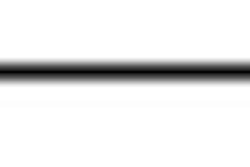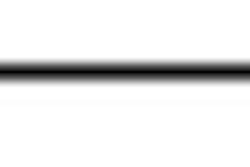
Lexington, MA — October 29, 2009 — The healthcare and consumer staples sectors of the U.S. and Eurozone economies are the industries in the best position for recovery from the "Great Recession," while the consumer discretionary sector in the U.S. and the materials sector in the Eurozone are the least well positioned, according to the head of IHS Global Insight's World Industry Service.
For the BRIC countries — Brazil, Russia, India and China — information technology and telecoms are in the best position, energy least well positioned, said Mark Killion, managing director of the service. Killion presented an update of the World Industry Service sector report at the recent IHS Global Insight World Economic Outlook Conference in Boston.
Healthcare and consumer staples have a demand base that typically remains steadier through an economic downturn, yet they also bounce back more quickly in a recovery, in part because many of the leading companies in the sectors have strong balance sheets and are not directly vulnerable to the lingering effects of the credit crunch, according to Killion.
While telecoms and technology are more economically sensitive, they have fared relatively well in the current recession, especially in China and the rest of Asia. The hardware part of technology has been hit very hard in the U.S. and Eurozone. Software has performed well globally, with notable strength in the U.S. and India, and many IT firms have very strong balance sheets.
Killion said the World Industry Service downgraded the prospects for consumer discretionary spending in the U.S. and Eurozone, where household spending has been hit by weak employment, rising unemployment and depleted wealth. "Even a slowly recovering economy will not bring relief to industries in a long-term structural decline, such as textiles, apparel and tobacco, and in the automotive sector, the incentive programs that boosted sales have now expired," he said.
However, China and India, by contrast, are experiencing explosive year-on-year growth rates in auto sales.
Lastly, Killion said a global capacity overhang threatens segments of the industrial sector, particularly those industries manufacturing capital equipment, despite the boost from government stimulus spending on infrastructure. A further deterioration in commercial construction will affect building materials, steel and related construction equipment, he said.
For the BRIC countries — Brazil, Russia, India and China — information technology and telecoms are in the best position, energy least well positioned, said Mark Killion, managing director of the service. Killion presented an update of the World Industry Service sector report at the recent IHS Global Insight World Economic Outlook Conference in Boston.
Healthcare and consumer staples have a demand base that typically remains steadier through an economic downturn, yet they also bounce back more quickly in a recovery, in part because many of the leading companies in the sectors have strong balance sheets and are not directly vulnerable to the lingering effects of the credit crunch, according to Killion.
While telecoms and technology are more economically sensitive, they have fared relatively well in the current recession, especially in China and the rest of Asia. The hardware part of technology has been hit very hard in the U.S. and Eurozone. Software has performed well globally, with notable strength in the U.S. and India, and many IT firms have very strong balance sheets.
Killion said the World Industry Service downgraded the prospects for consumer discretionary spending in the U.S. and Eurozone, where household spending has been hit by weak employment, rising unemployment and depleted wealth. "Even a slowly recovering economy will not bring relief to industries in a long-term structural decline, such as textiles, apparel and tobacco, and in the automotive sector, the incentive programs that boosted sales have now expired," he said.
However, China and India, by contrast, are experiencing explosive year-on-year growth rates in auto sales.
Lastly, Killion said a global capacity overhang threatens segments of the industrial sector, particularly those industries manufacturing capital equipment, despite the boost from government stimulus spending on infrastructure. A further deterioration in commercial construction will affect building materials, steel and related construction equipment, he said.
 |
| Source: IHS. |









